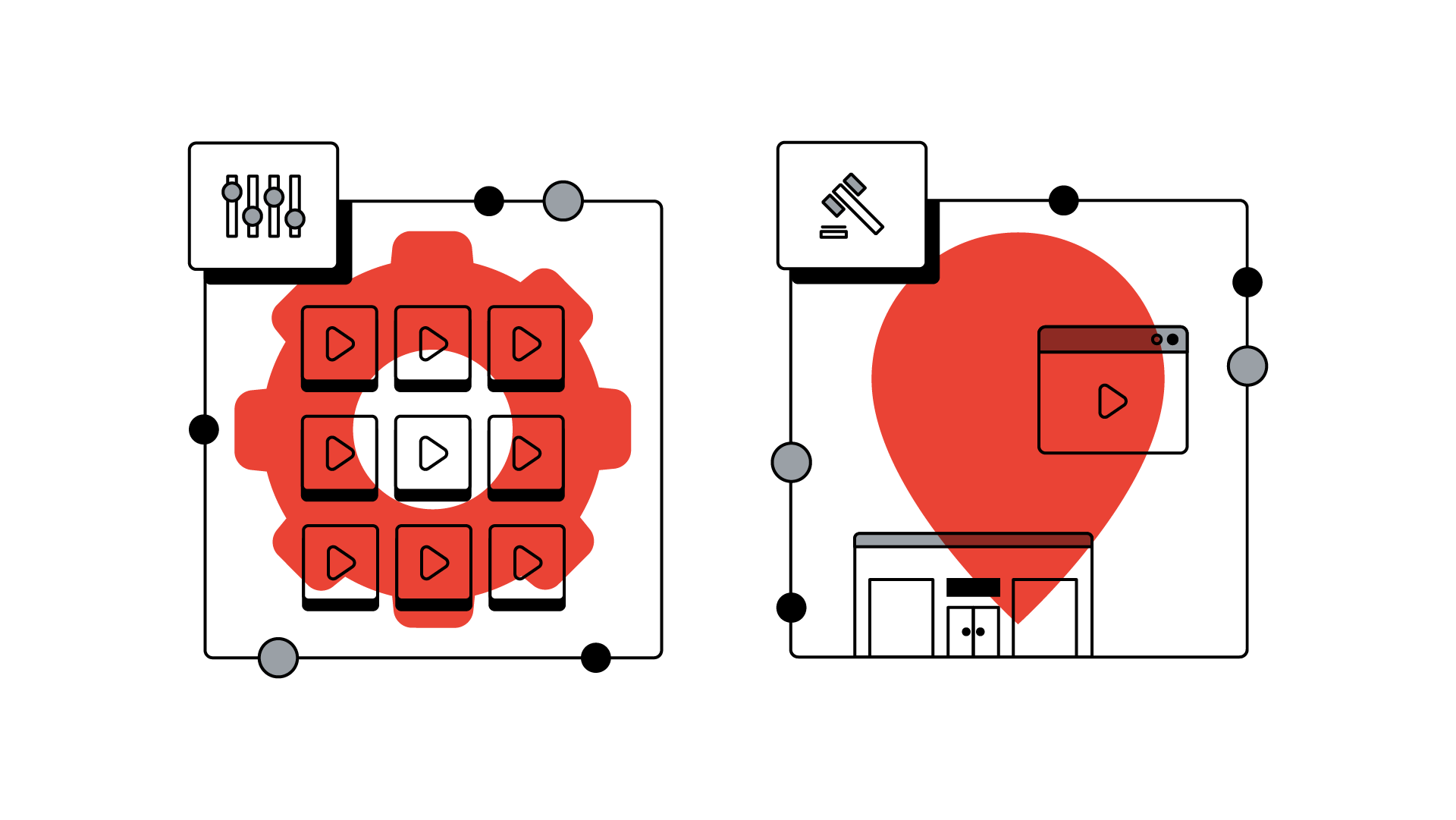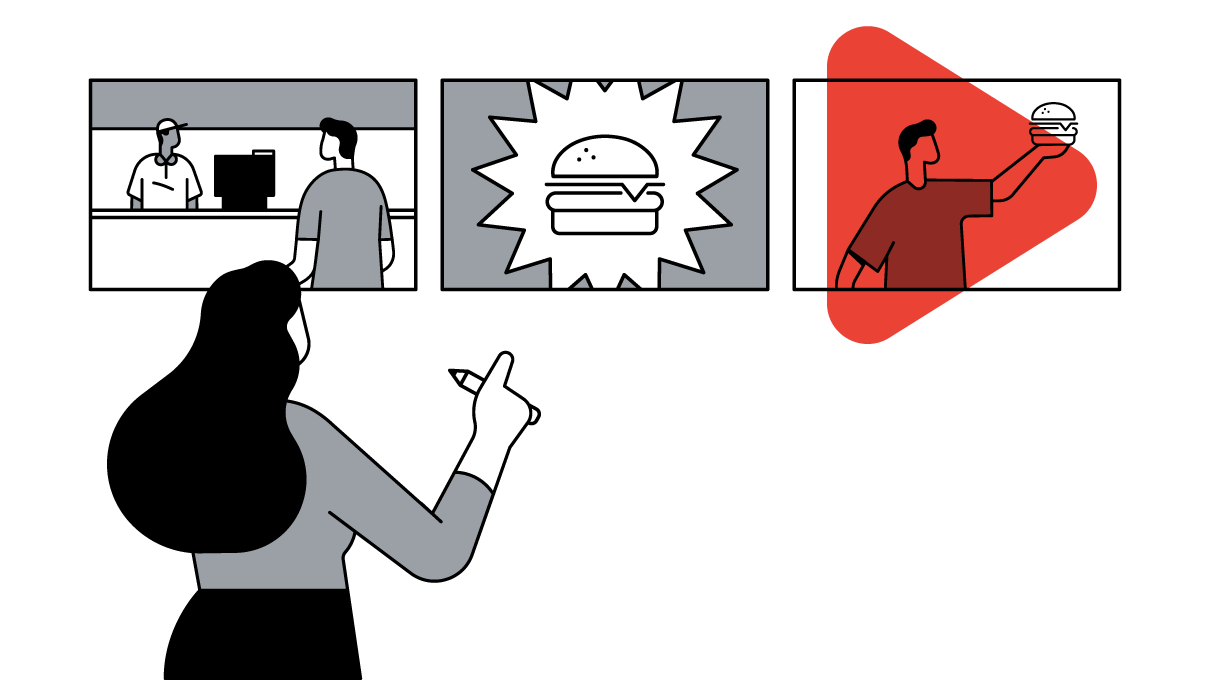Customer needs and behaviour are transforming at an unprecedented speed during the coronavirus pandemic, which means that advertisers face major challenges. This case study is from the time before the start of the coronavirus pandemic. Nevertheless, it provides valuable insights into how you can be efficient and successful, even in turbulent times, by being flexible and deploying intelligent solutions.
The slow opening of the markets requires car dealers to be active in order to attract customers into their local stores. Even before the start of the pandemic, Ford found an innovative way of achieving this: Through the use of YouTube ads, with the "Maximise Conversions" bidding strategy, it succeeded in activating customers online and directing them to their local car dealer. Today, many customer journeys start on the Internet – and this goes for expensive and advice-intensive purchases too. Here, the customer looks online for information and inspiration first before finally setting off for their local dealer, where they make their final purchase decision.
The correct omnichannel strategy combines the best of both these worlds – it picks up the consumer in the virtual world and directs them to the brick-and-mortar dealer. This connection is especially vital if the desired product is not typically available in an online shop, as the focus firmly remains on brick-and-mortar retail, which applies to the purchase of cars. Ford recognised this some time ago, and is among the pioneers of omnichannel advertising and performance marketing. This time, Ford has found an innovative way of incorporating its dealers into a centrally managed video campaign and of linking its online investments with clear and reliable offline KPIs. With the aid of an automated online campaign for the launch of the new Ford Kuga, it was possible to verify how many potential customers have actually visited the showroom.
650 different ad versions enable an individual approach
Two parameters were key for the success of the campaign: use of the YouTube Director Mix tool, which enables a bespoke video to be produced automatically for each merchant, and a different bid strategy, which meant that the success of the online advertising could be demonstrated in offline KPIs.

Initially, the Ford agency GTB optimised the existing Ford Kuga TV ad for use on YouTube. The priority was to ensure that the core message was creatively orchestrated within the first five seconds – for example, before viewers could theoretically click off the video. Then, hundreds of individualised ad versions were produced with the help of the YouTube Director Mix tool. This tool can be used to create customised videos at scale, swapping out different elements to tailor content. This means that it is possible, for example, to produce bespoke versions for different regions or target groups. In Ford's case, the Director Mix tool made it possible to embed around 650 different car dealers addresses in the ads.
More than 72,000 merchant visits measured as a result of new bid strategy
With the Kuga campaign, the emphasis was on linking online and offline metrics. Specifically, the focus was on the number of merchant visits. The online campaign was intended to be a significant driver for the offline business.
The key to this success lies in the automation of the marketing processes.
To achieve this, on this occasion, the company did not focus on cost-per-view bids, but on its "Maximise Conversions" strategy, which sets bids to get the most conversions for the campaign, enabling Ford to maximise conversions – in this instance store visits – with its budget.
The different bid strategy was a resounding success: the campaign achieved 72,600 store visits – this represents a 200 percent increase in the store visit rate compared with previous campaigns. At the same time, costs per store visit (CpSV) were reduced by 10 per cent. In addition, the brand massively increased the visibility of its local merchants with this centrally managed and regionally rolled-out campaign: in Germany, the videos achieved a total of 36.4 million impressions.
The key to this success lies in the automation of the marketing processes – in this case, in the combination of creative and bid-oriented automation, for example, the use of the YouTube Director Mix tool, together with the switch to the "Maximise Conversions" strategy. This meant that the local merchants benefited from an attention-grabbing and effective omnichannel campaign without having to be active themselves, because Ford's marketing team, its agencies GTB and Group M and their implementation partner Google were responsible for the central management of the campaign. Together, they succeeded in demonstrating that offline KPIs, such as the number of merchant visits, can be increased effectively and in a cost-effective way with the help of an online campaign.








